
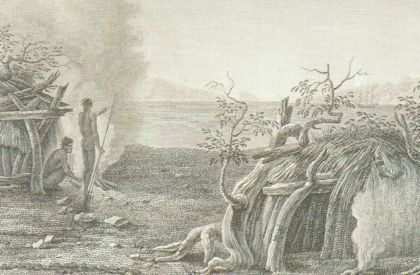
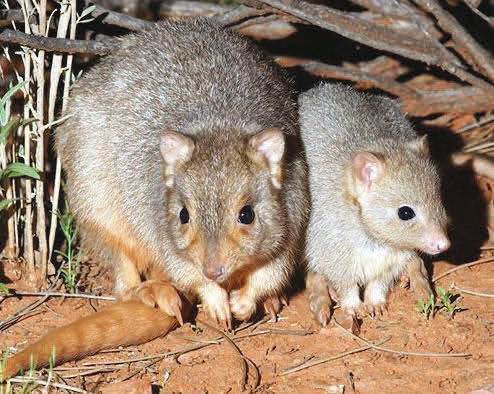
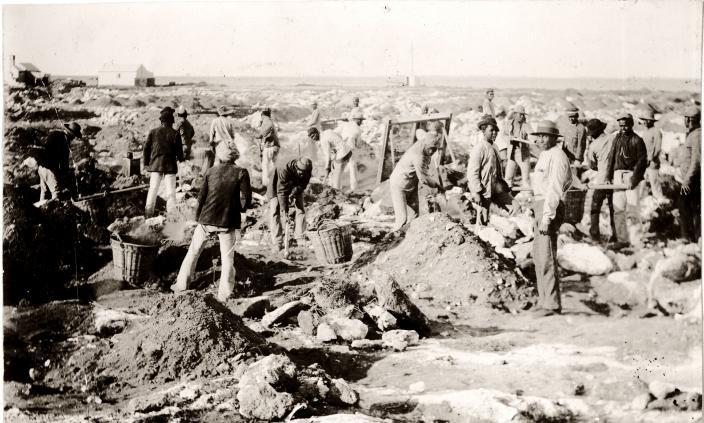
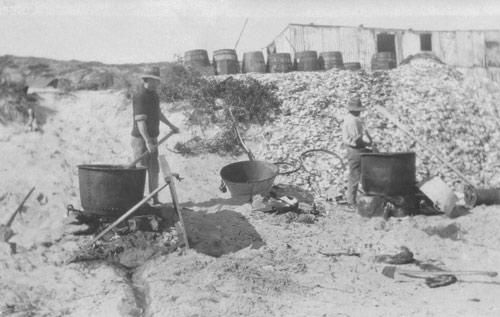
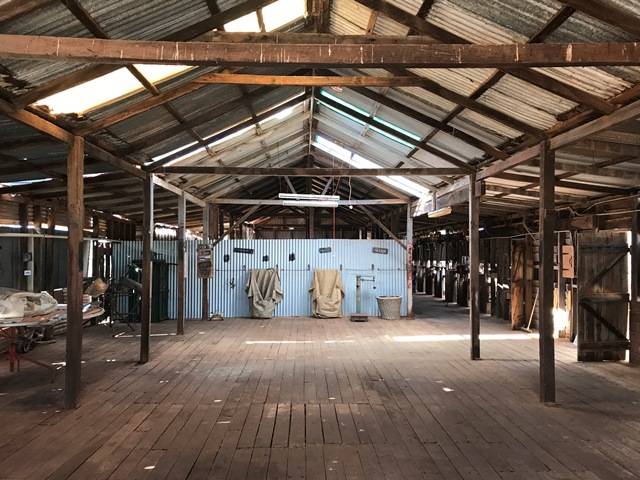
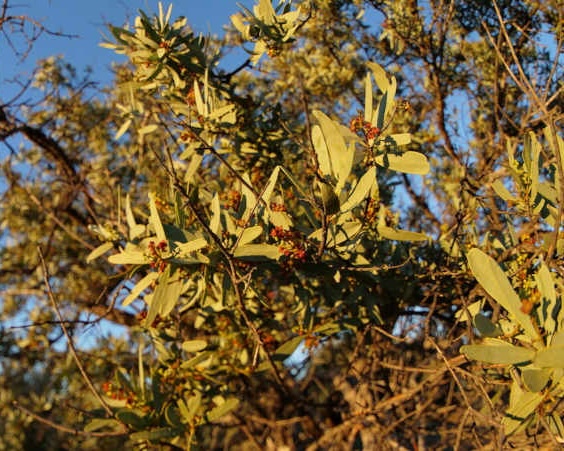
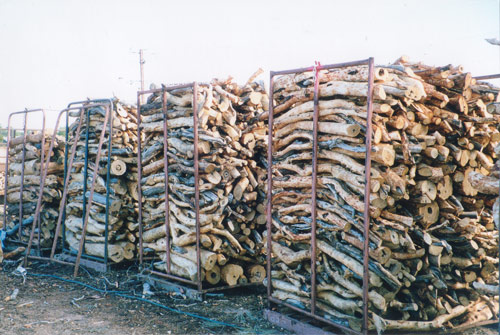

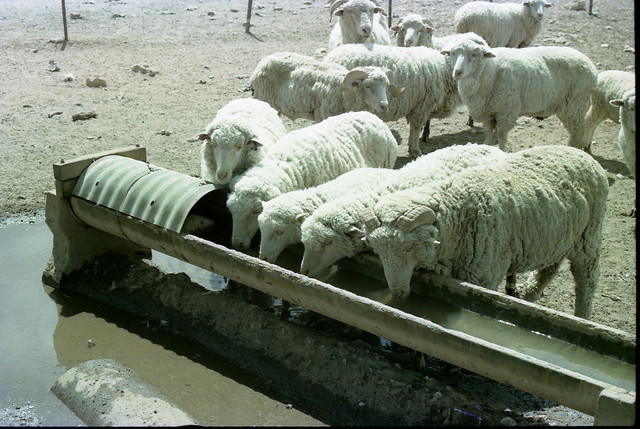
 All categories
All categories
It is crucial to acknowledge that the land of Shark Bay is the traditional land of aboriginal groups, including the Malgana, Nanda and Gnulli peoples. The region—known as Gutharraguda in the Malgana language—contains about 130 registered heritage sites which are protected by the Aboriginal Heritage Act. It is illegal to disturb these sites.
European occupation has destroyed and harmed the ecology and people of the area, and cannot be ignored or dismissed. Today, aboriginal groups collaborate with the Parks and Wildlife Services to work towards research and conservation projects.
“Nhanganha Gutharraguda, Wula guda nyinda.”
“This is Shark Bay. You come this way.”









